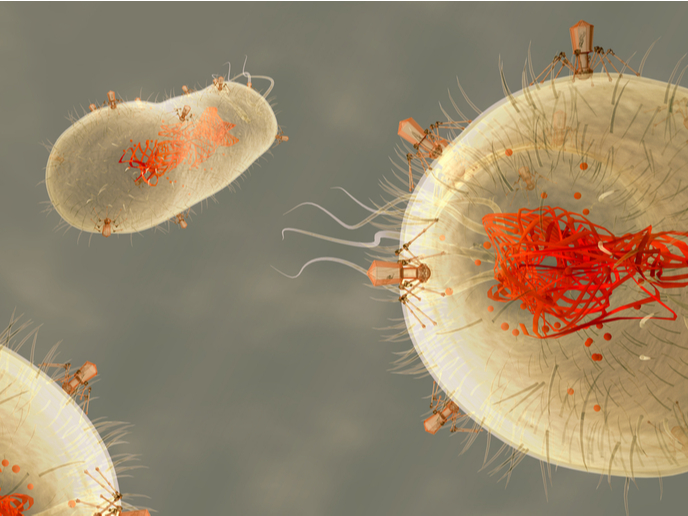On the hunt for food poisoning bacteria
Food storage in fridges and freezers has opened up the possibilities for more interesting food, both at home and in the restaurant. Unfortunately, this is accompanied by more opportunities for bacteria and fungi to cause food spoilage and poisoning. Tracking down the source of a food poisoning outbreak is often a daunting task. In the laboratory, it involves isolation of the offending microbe from food and then matching it with the samples from the patient. Behind the attempts to keep the public safe from food spoilage are the researchers that provide government departments with information about diseases. Researchers with the European project Bacillus cereus, a bacterium notorious for causing food poisoning, investigated the genetics of toxin production that causes diarrhoea and vomiting. Altogether, seven of the bacterium's genes were found to be responsible for the release of enterotoxins, poisons released within the gut that cause diarrhoea. The scientists devised a test for the genes based on multiplication of the relevant gene sequences. Primers, DNA regions that start the process of DNA replication and a related polymerase chain reaction method were developed to detect the genes. Similar tests developed previously had given false negative results, a significant problem when aiming to identify potentially dangerous bacteria. The new tests are able to detect these mistakes in identity. As the primers are more universal, they can detect more than one gene in a sequence where genes operate together. Rapid, accurate identification of food poisoning strains translates into less likelihood of a serious food poisoning outbreak. This can only be good news for the restaurant and food industry as well as the digestive health of Europe.







